The future of design isn’t just about sleeker interfaces or minimalist aesthetics — it’s increasingly about the materials we use to bring those visions to life. Today’s innovation frontier is molecular, sustainable, and often surprisingly beautiful. Designers, engineers, and architects are tapping into new substances that challenge the limits of what’s possible.
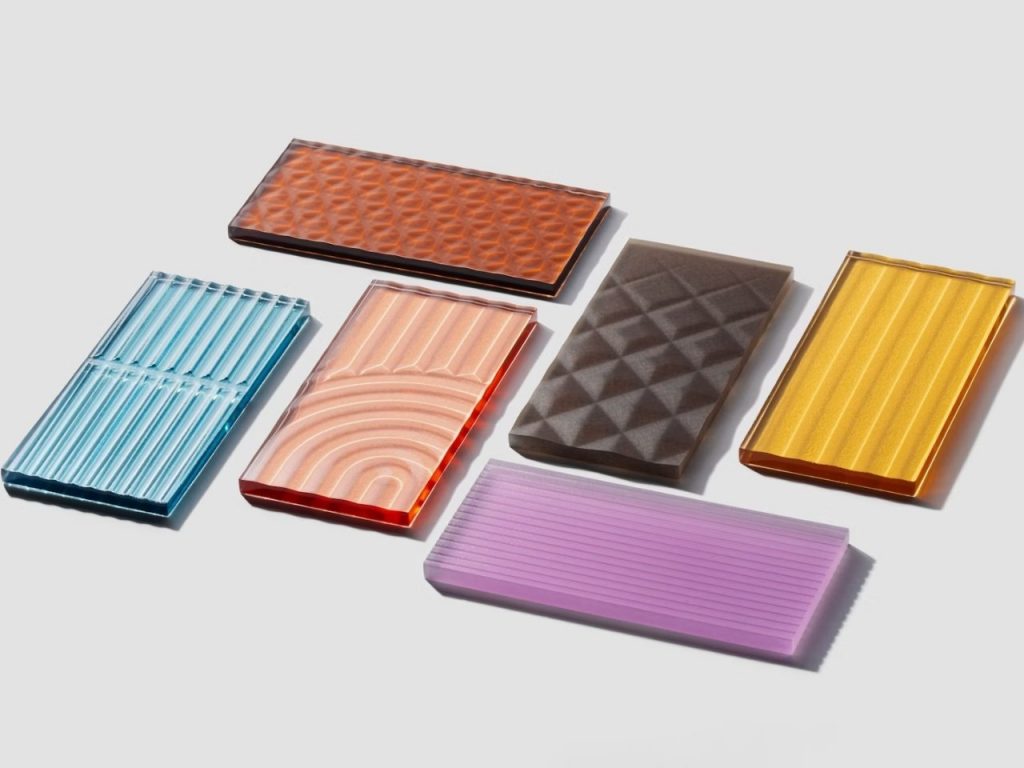
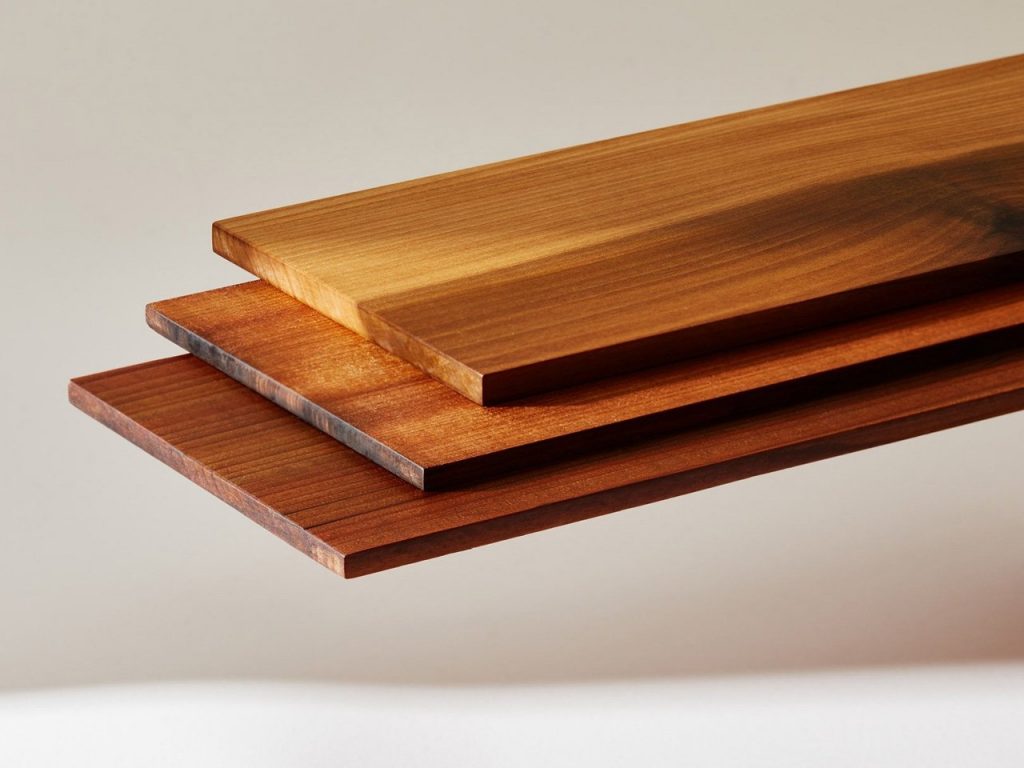
Superwood by InventWood
When you think of revolutionary materials, wood probably isn’t the first thing that comes to mind. But InventWood, a US-based startup, is changing that — dramatically. Their latest innovation, dubbed Superwood, boasts a tensile strength 50% higher than steel, all while weighing far less. This isn’t engineered wood as we know it — Superwood is restructured at the molecular level, resulting in a material with a strength-to-weight ratio ten times better than steel. With a well-funded facility set to start shipping this summer, the material is poised to enter real-world construction soon.
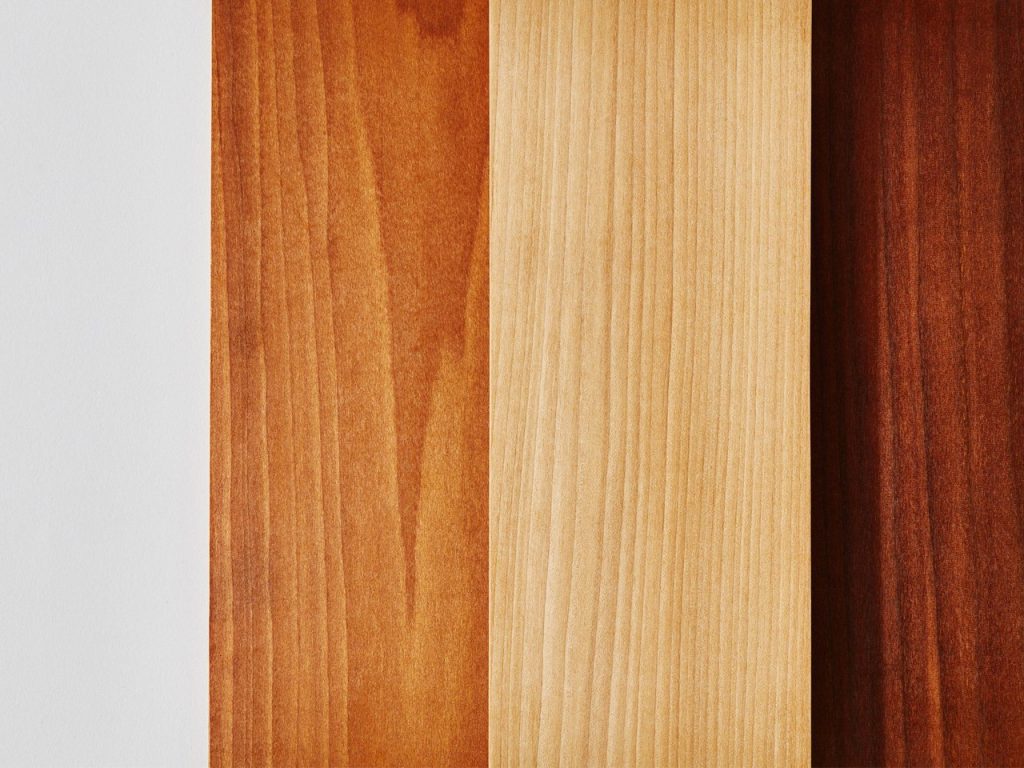
Superwood by InventWood
What makes Superwood especially compelling is that it retains the look and feel of natural wood. It offers the same warmth and grain detail that architects and designers favor, but with performance capabilities that allow for ambitious structural applications — soaring cantilevers, sweeping spans, and dramatic overhangs that would typically require steel. It opens up an entirely new architectural language rooted in wood, but liberated from its traditional limitations.
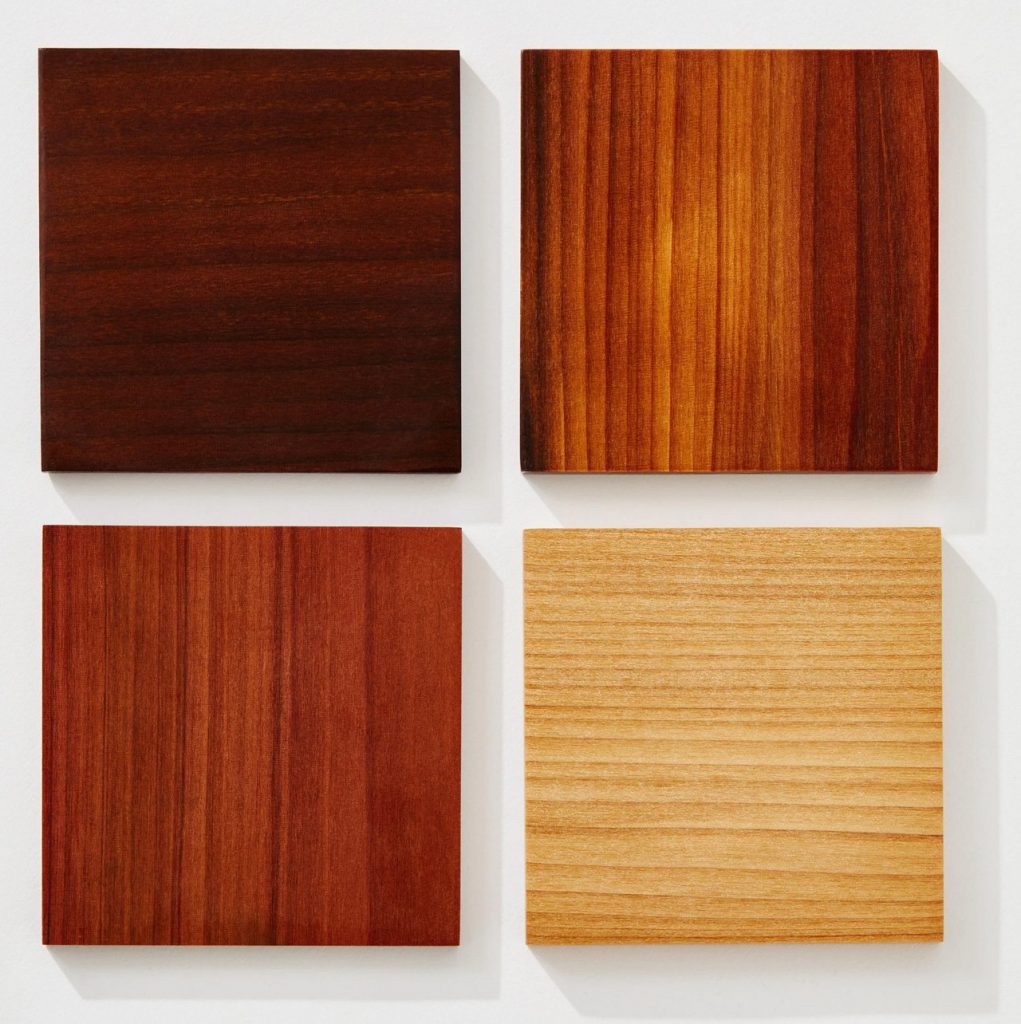
Superwood by InventWood
The sustainability credentials are just as impressive. Superwood is made by transforming underutilized wood species and forestry byproducts into high-performance building components. This helps reduce demand for steel — an energy-intensive material — while supporting healthier forest management. The potential for biogenic buildings that marry environmental awareness with engineering rigor is no longer a future dream but a current reality.
Beyond architecture, Superwood’s applications extend into furniture, automotive parts, and even product design. Its lightweight strength rivals synthetic materials like carbon fiber, making it an attractive option across industries.
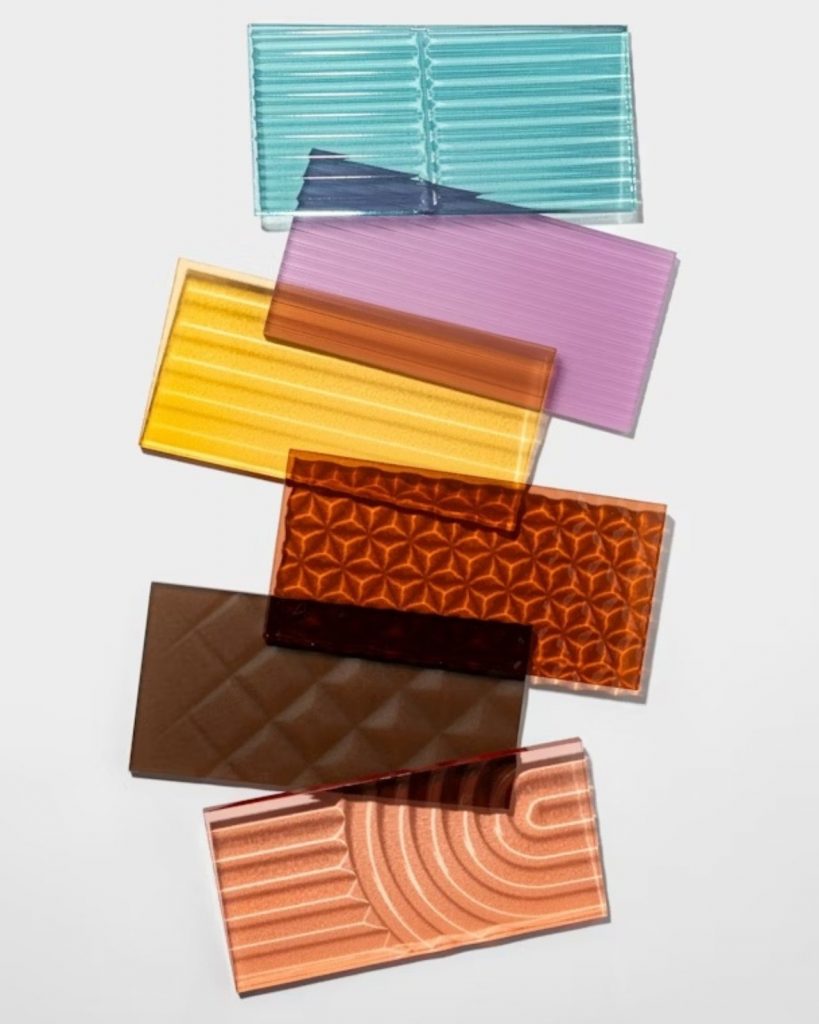
Know New Plastic by 3form (also header image)
Plastic continues to be one of the design world’s most persistent sustainability challenges. 3form is confronting that issue head-on with its Know New Plastic initiative, which replaces virgin plastic with 100% recycled alternatives using advanced molecular recycling. Rather than downcycling plastic into lower-grade uses, this approach transforms even hard-to-recycle materials into high-quality resin panels — maintaining the visual sophistication and durability that 3form is known for.
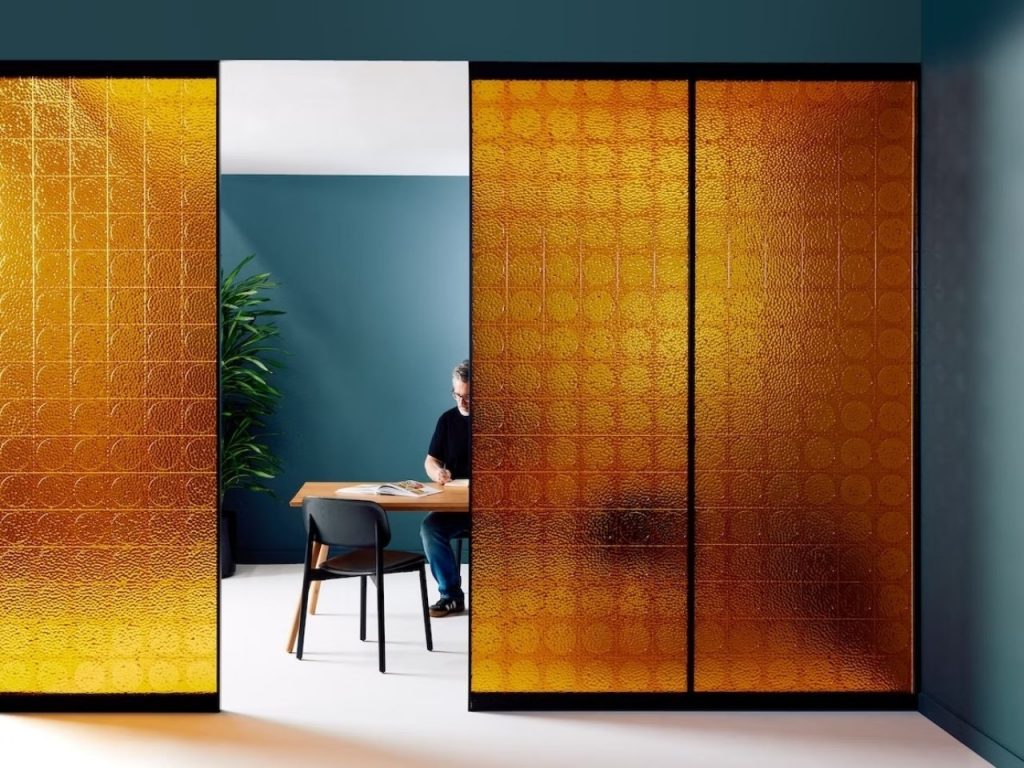
Know New Plastic by 3form
The first collection launched under this program, 100% Recycled Textures, features 21 translucent designs that retain the clarity and tactile quality of traditional panels. Each one diverts the equivalent of over 3,000 plastic bottles from landfills and reduces carbon emissions by 25% compared to virgin plastic alternatives. This isn’t just decorative surface material — it’s a data-backed improvement in both environmental and material performance.
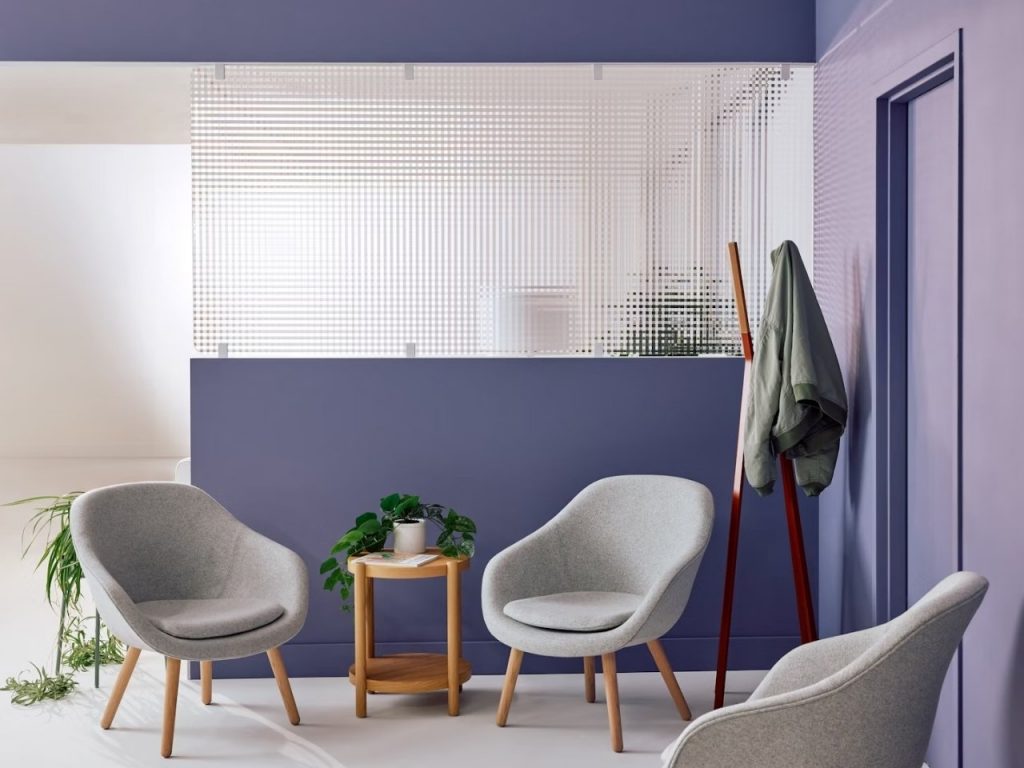
Know New Plastic by 3form
Expanding the offering, 3form introduced Dual-Sided Textures, adding depth and dimension to spaces by molding patterns onto both faces of the panels. These include designs inspired by urban geometry and natural landscapes, enabling privacy and light modulation without compromising transparency or openness. They’re particularly suited to high-traffic spaces like lobbies, offices, and healthcare environments, where visual interest and durability must go hand in hand.
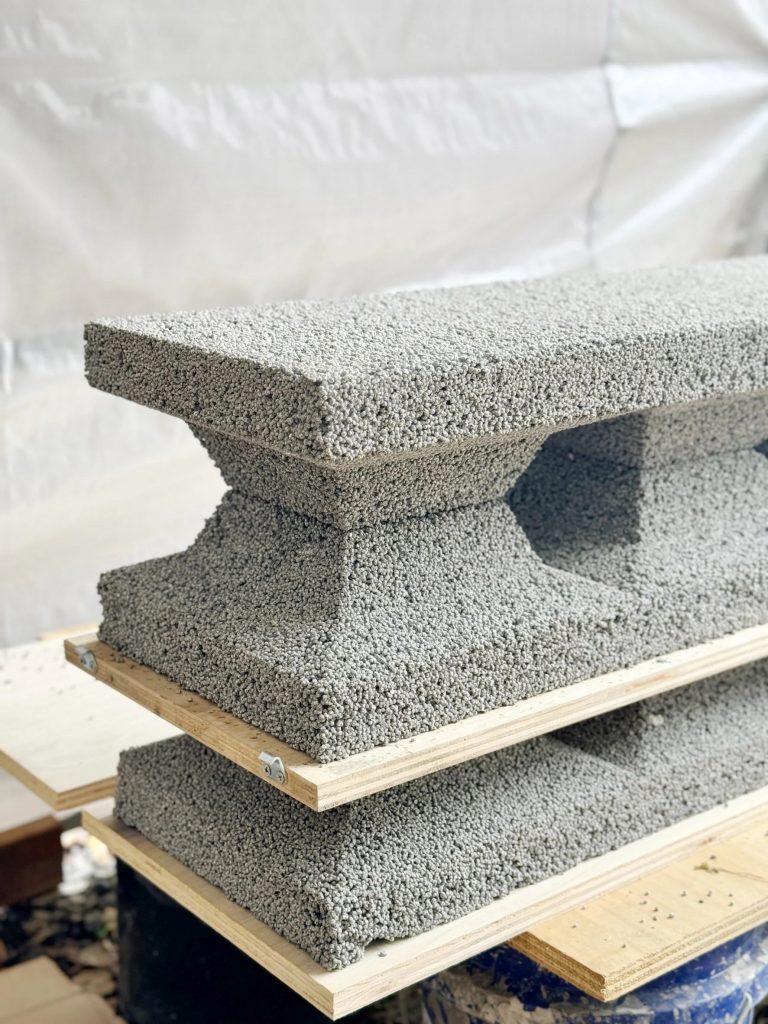
Surf Block Maui
On the island of Maui, where surfing is woven into daily life, a new kind of material innovation is quietly reshaping local construction. Surf Block Maui has developed a process that transforms waste from surfboard production — specifically EPS (expanded polystyrene) foam — into a composite material used to manufacture ICCF (insulated composite concrete form) blocks. These blocks serve as a lightweight, thermally insulated alternative to traditional concrete masonry units.
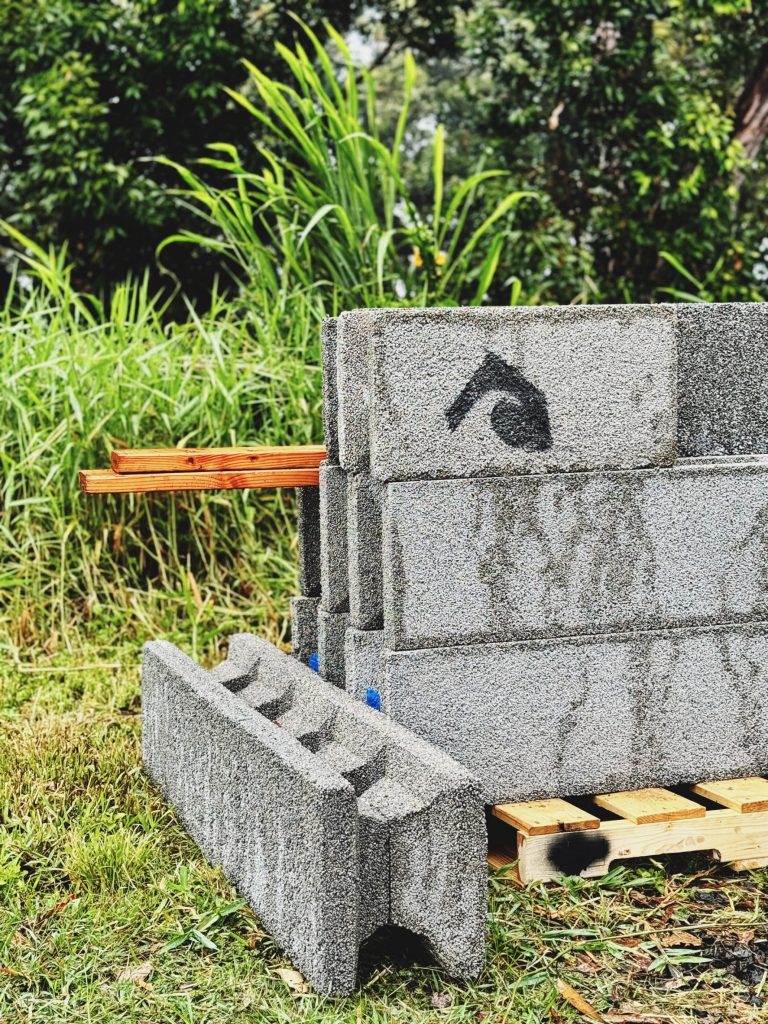
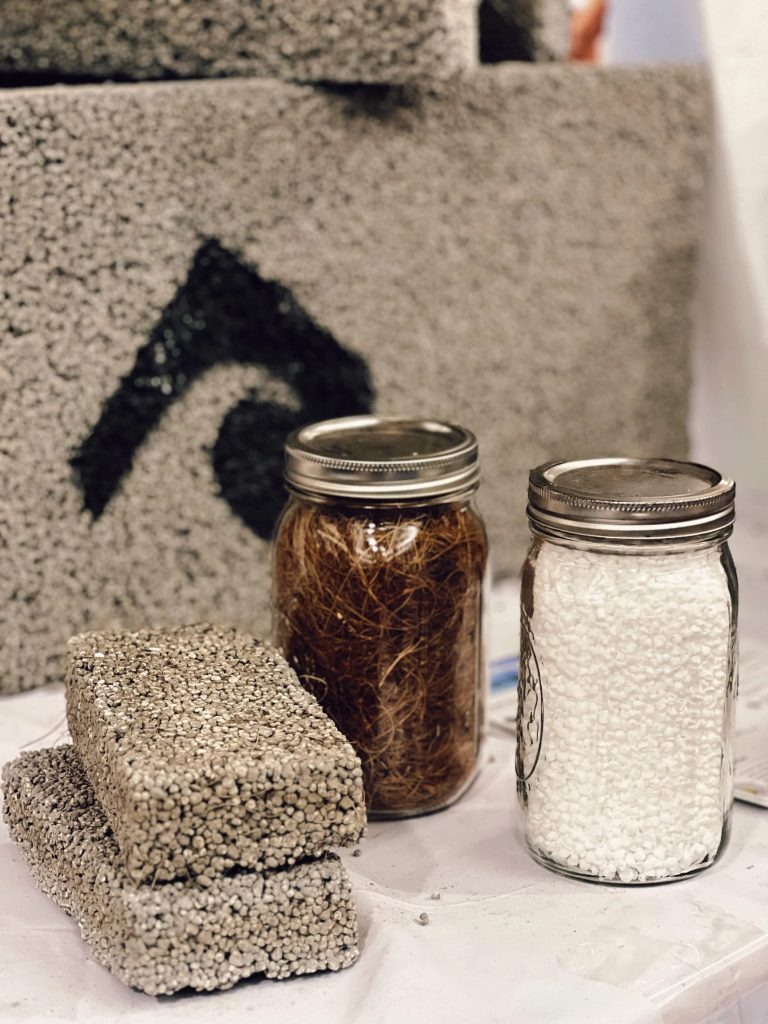
Surf Block Maui
The benefits are multidimensional. EPS waste, notoriously difficult to dispose of, is diverted from local landfills and repurposed into a building product with real structural integrity. Once reinforced with steel and coated with poured concrete, the blocks form durable, insulated walls. They’re not only functional — they reduce the need for imported concrete, a significant cost and environmental burden for the island.
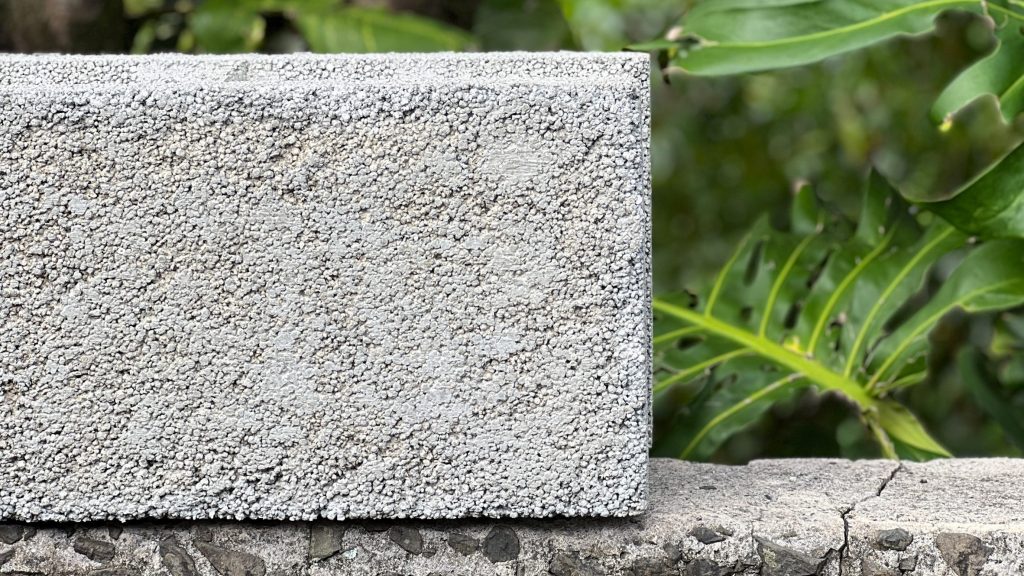
Surf Block Maui
Surf Block Maui estimates its system can reduce concrete usage by up to 30%, a major improvement in both sustainability and cost-efficiency. The blocks offer thermal benefits as well, which means more comfortable interiors and reduced energy use over time. Their resilience makes them well-suited to the local environment, offering improved performance in the face of hurricanes, wildfires, and other natural threats.
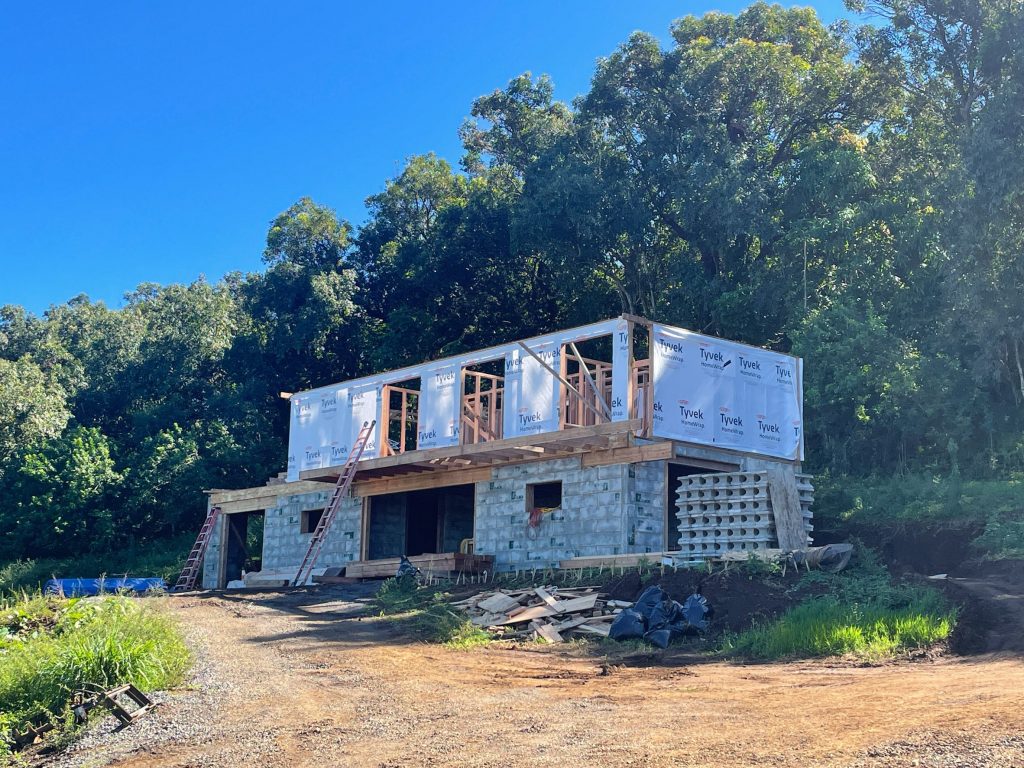
Surf Block Maui
Tapping into the cultural relevance of surfing while addressing a critical waste issue, the initiative is as symbolic as it is practical. Even diverting a small percentage of the island’s EPS waste could enable the construction of hundreds of homes.